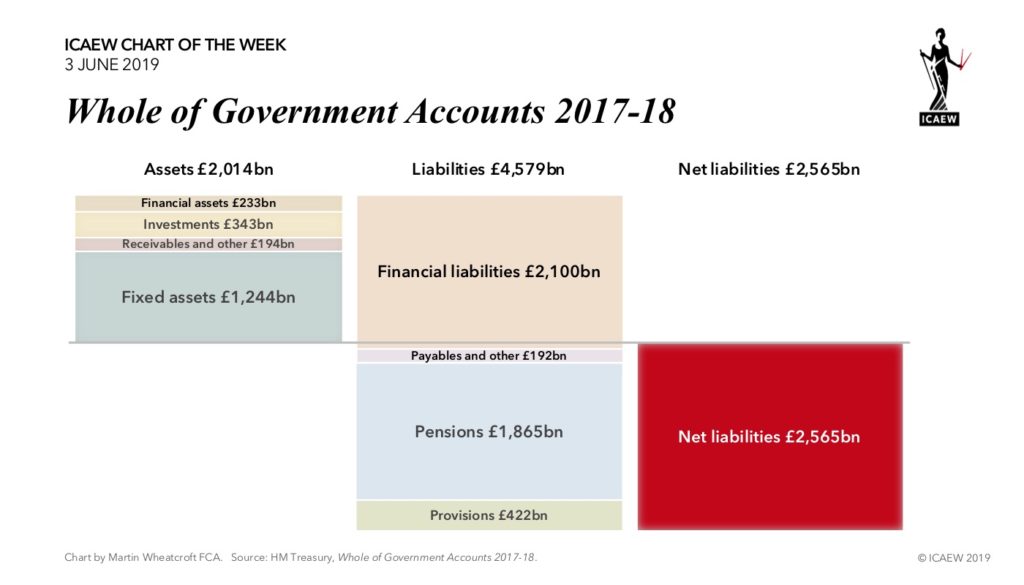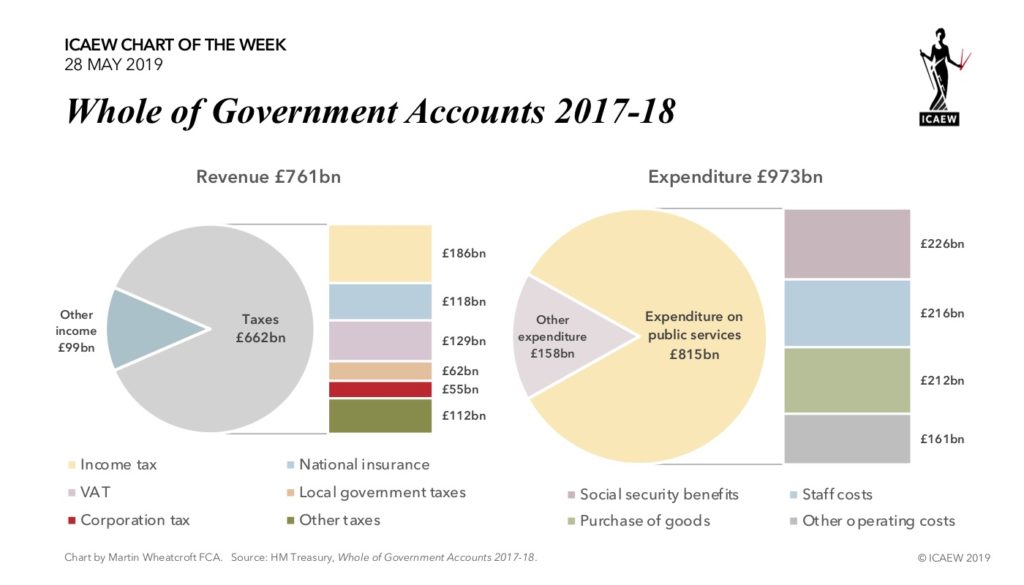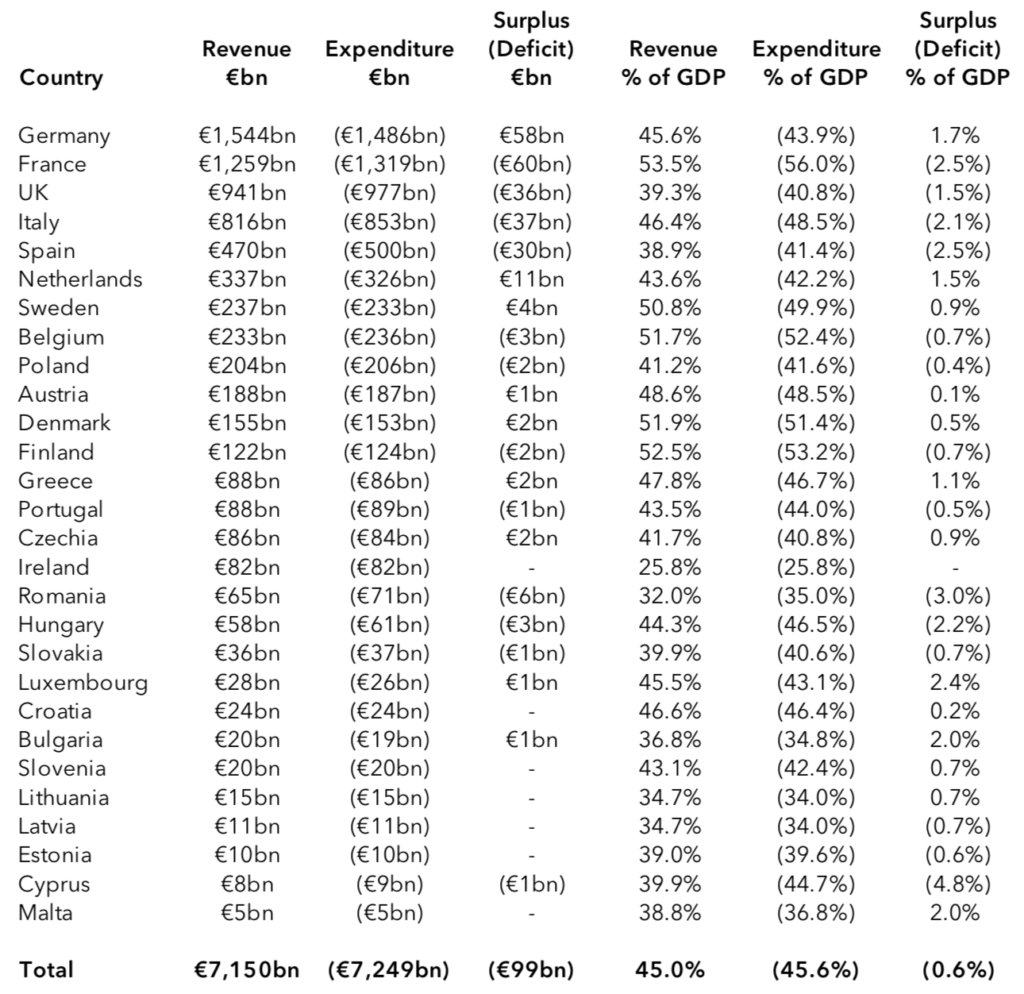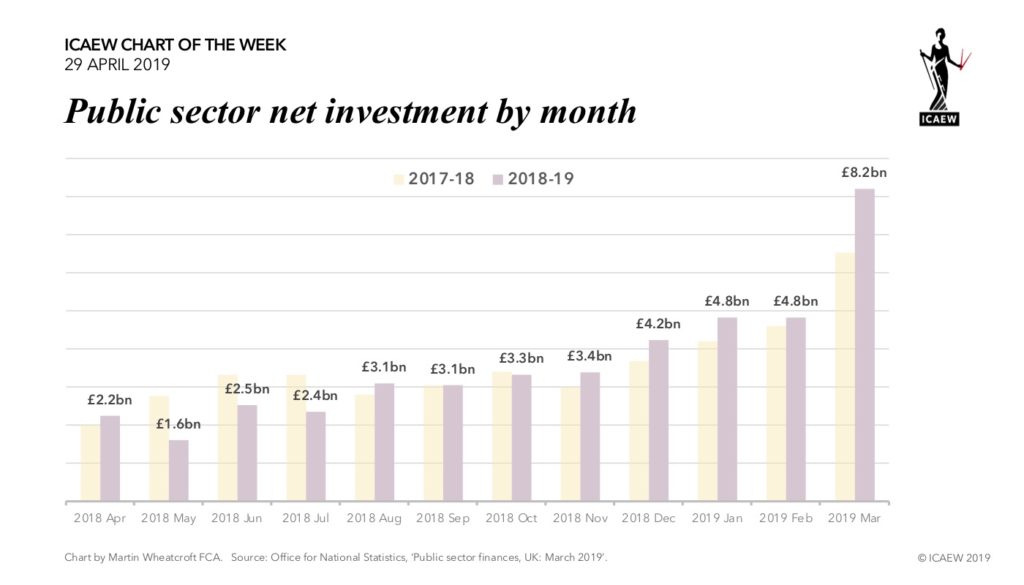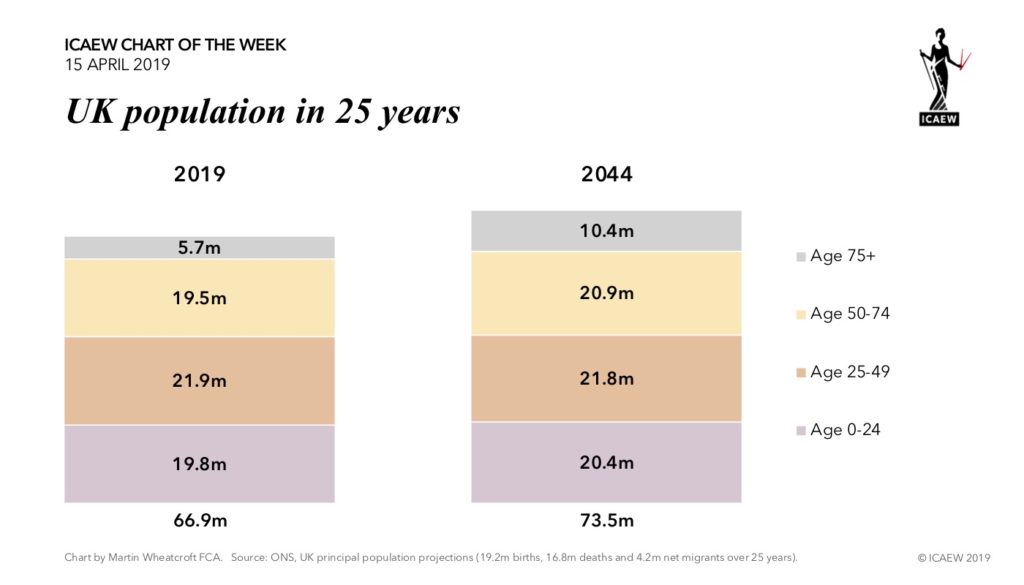
ICAEW responded last week to the Infrastructure Finance Review being undertaken by the government, in which it has sought views on greater private investment can be found to fund the nation’s infrastructure. As the #ICAEWchartoftheweek illustrates, there is £188bn of investment into the UK’s infrastructure planned over the three years 2018/19 through 2020/21.
Substantial public and private funding is needed to invest in transport, energy and utilities, social infrastructure (such as housing, schools and hospitals), digital networks, science and research, and in flood prevention. The government predicts that over half of the finance for such large scale projects will come from private companies over the next 10 years.
The review follows on from the creation of the National Infrastructure Commission (NIC) and the Infrastructure & Projects Authority (IPA), the establishment of a £37 billion National Productivity Investment Fund to target spending in critical areas, and plans to develop a comprehensive National Infrastructure Strategy to be published later this year. The strategy will respond in detail to the NIC’s National Infrastructure Assessment, and will set out how the UK can embrace the opportunities afforded by new technologies, decarbonise the economy, and create infrastructure fit for the 21st Century.
The government would like to ensure that high levels of private investment continue to flow into UK projects, particularly in the wake of the withdrawal of European Investment Bank funding after the UK leaves the EU and the ending of the private-finance initiative.
Our response can be summarised as follows:
Overview
• The UK continues to underinvest in infrastructure.
Finance innovation has the power to transform infrastructure investment in the UK
• An Infrastructure Growth Fund and pooled investment funds would facilitate investment.
• New public-private partnership contractual models are needed now.
• Approved peer-to-peer networks would enable citizens to invest directly.
• The UK should utilise its world-leading professional expertise in infrastructure finance.
Public investment is an enabler
• A new UK Investment Bank to replace the EIB as an anchor investor.
• The British Business Bank should support business to deliver infrastructure projects.
• Direct investment by city-regions and local authorities would engage communities.
• Local industrial strategies must make improving infrastructure a top priority.
• Centres of excellence are needed to support investment decisions and in managing risk.
Capital is available, but it needs to be unlocked
• Long-term pricing would provide certainty to investors, taxpayers and consumers.
• Tax and other incentives need to be gauged carefully, but then should be stable.
• Reforming balance sheet treatment requirements would remove contracting hurdles.
• Regulatory asset base and concession arrangements could be used more widely.
• Early-stage risks need to be tackled to draw in more seed capital.
To read our full response, click here.
